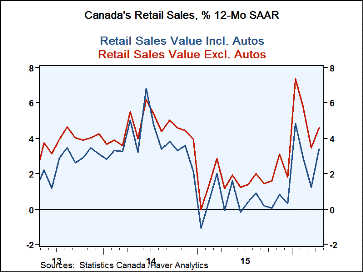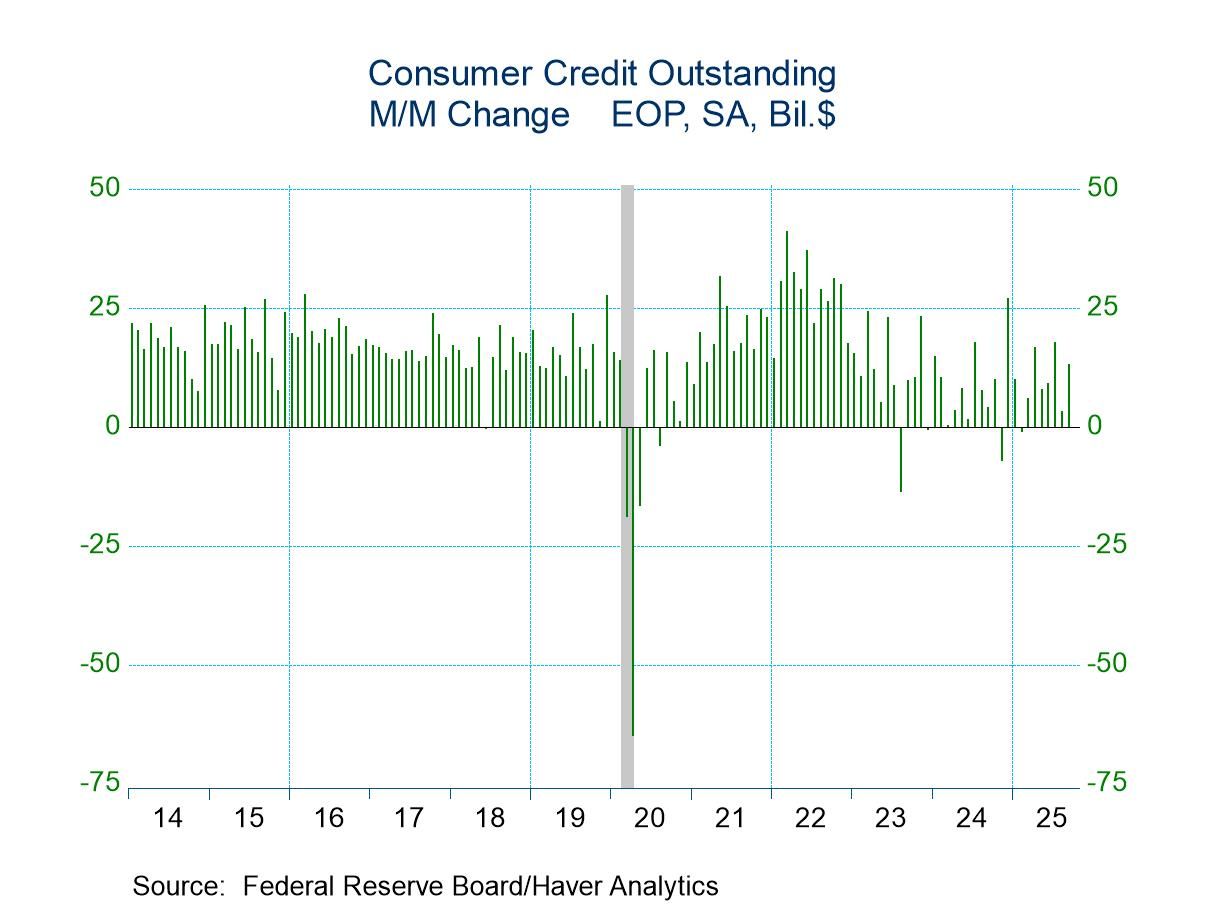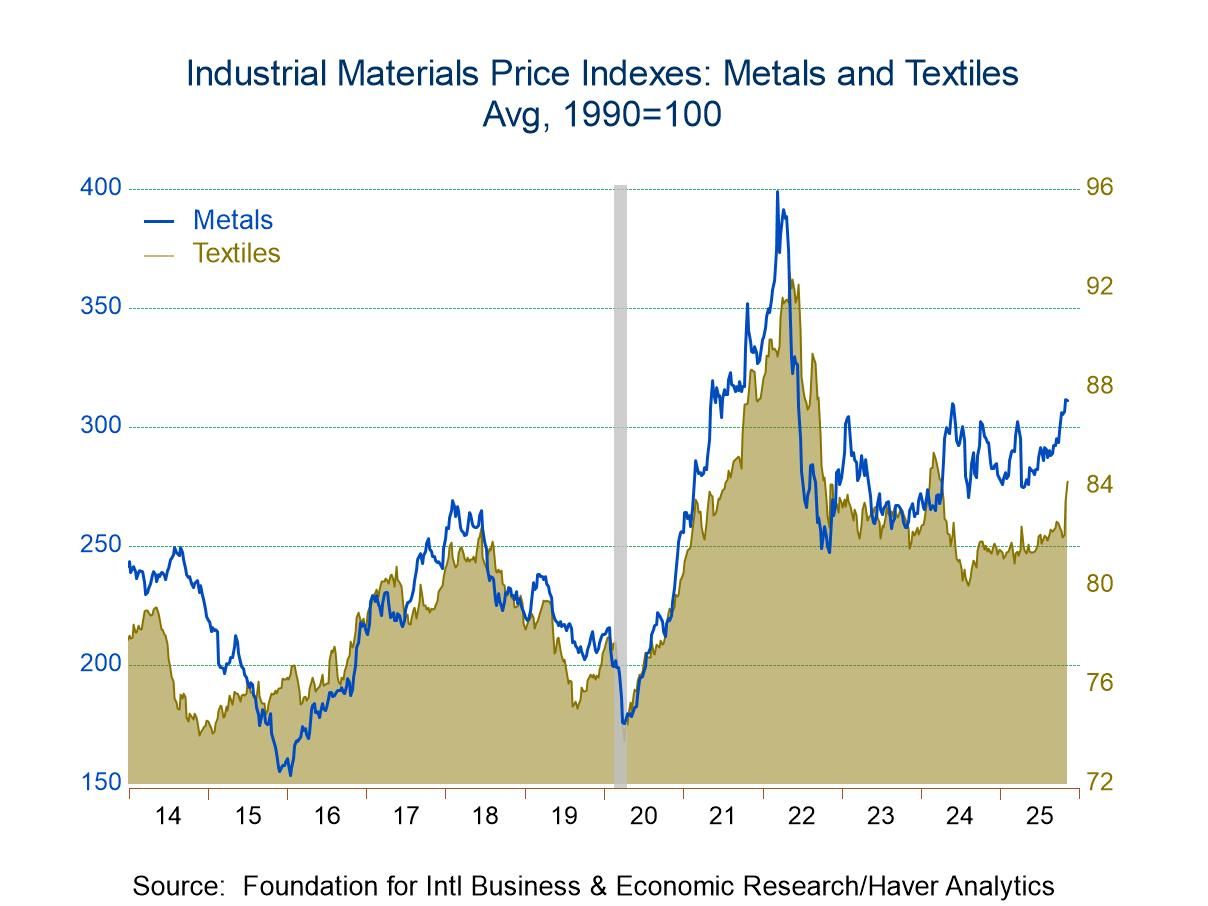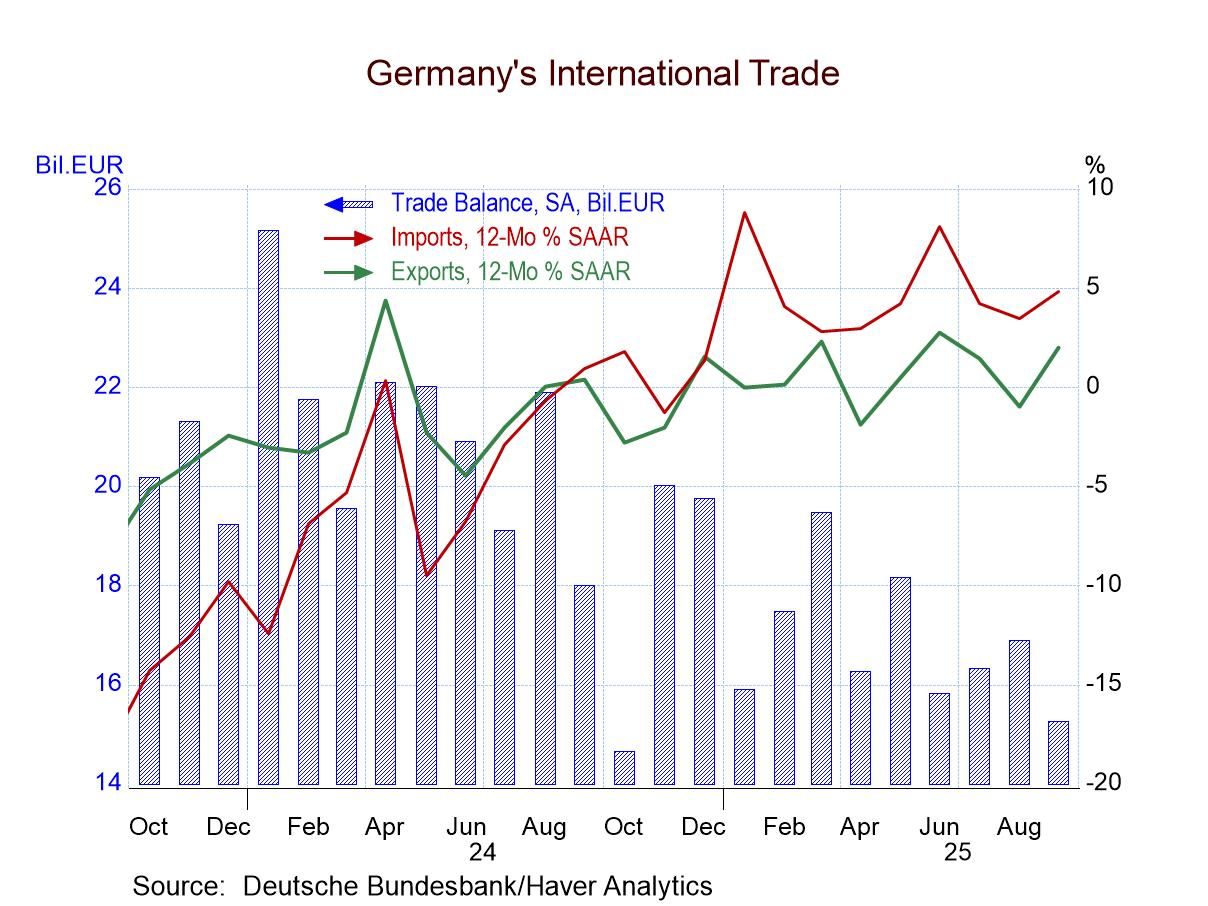 Global| Jun 22 2016
Global| Jun 22 2016Canadian Nominal Retail Sales Snap Back As Real Sales Lag
Summary
Canadian sales patterns have become confusing. While its nominal patterns look quite upbeat, real sales have slowed and are declining in the current quarter-to-date. Nominal sales are quite mixed with large blocks of sales showing [...]
 Canadian sales patterns have become confusing. While its nominal patterns look quite upbeat, real sales have slowed and are declining in the current quarter-to-date. Nominal sales are quite mixed with large blocks of sales showing recent persistent declines.
Canadian sales patterns have become confusing. While its nominal patterns look quite upbeat, real sales have slowed and are declining in the current quarter-to-date. Nominal sales are quite mixed with large blocks of sales showing recent persistent declines.
Canadian retail sales rose by 0.9% in April after a 0.8% decline in March. However, after a more-or-less flat year for sales (ex-autos) in 2015, sales are on the rise and showing consistent expansion in 2016. Despite the fact that car sales, supermarket sales and clothing store sales each show declines over three-months and six-months, overall sales still are advancing on three-month and six-month horizons.
While sales have slowed over six-months and three-months compared to 12-months, there is no clear pattern of deceleration.
In the quarter-to-date, these same patterns play out. Overall nominal retail sales gains are strong, but sales of new car dealers, supermarkets and clothing stores are falling.
Inflation adjusted or real retail sales were flat in April after a 1% decline in March. Sales also are weaker over three-months and six-months compared to their 12-month pace, but sales are still growing on all horizons. In the quarter-to-date period, real retail sales are contracting.
The Canadian economy has been through some rough times with the energy and commodities businesses under such tremendous pressure in the wake of weak prices. Those price pressures have only begun to release in the past several months. On top of that, one of Canada's oil-producing areas has been hit by massive wildfires causing extreme disruption not just to the industry but to an entire town. It is hard to gauge the impact of all these things on the economy and to balance them fairly. The weakness in real terms is entirely understandable given the problems Canada has been through. But with rebuilding from the wildfire able to continue and with oil prices rebounding, Canada is in a position to build on an expanding base. While retail sales were weaker over three-months and six-months than over 12-months, they were still expanding. The only fly in the ointment is the recent decline in real sales on a quarter-to-date basis.

Robert Brusca
AuthorMore in Author Profile »Robert A. Brusca is Chief Economist of Fact and Opinion Economics, a consulting firm he founded in Manhattan. He has been an economist on Wall Street for over 25 years. He has visited central banking and large institutional clients in over 30 countries in his career as an economist. Mr. Brusca was a Divisional Research Chief at the Federal Reserve Bank of NY (Chief of the International Financial markets Division), a Fed Watcher at Irving Trust and Chief Economist at Nikko Securities International. He is widely quoted and appears in various media. Mr. Brusca holds an MA and Ph.D. in economics from Michigan State University and a BA in Economics from the University of Michigan. His research pursues his strong interests in non aligned policy economics as well as international economics. FAO Economics’ research targets investors to assist them in making better investment decisions in stocks, bonds and in a variety of international assets. The company does not manage money and has no conflicts in giving economic advice.






